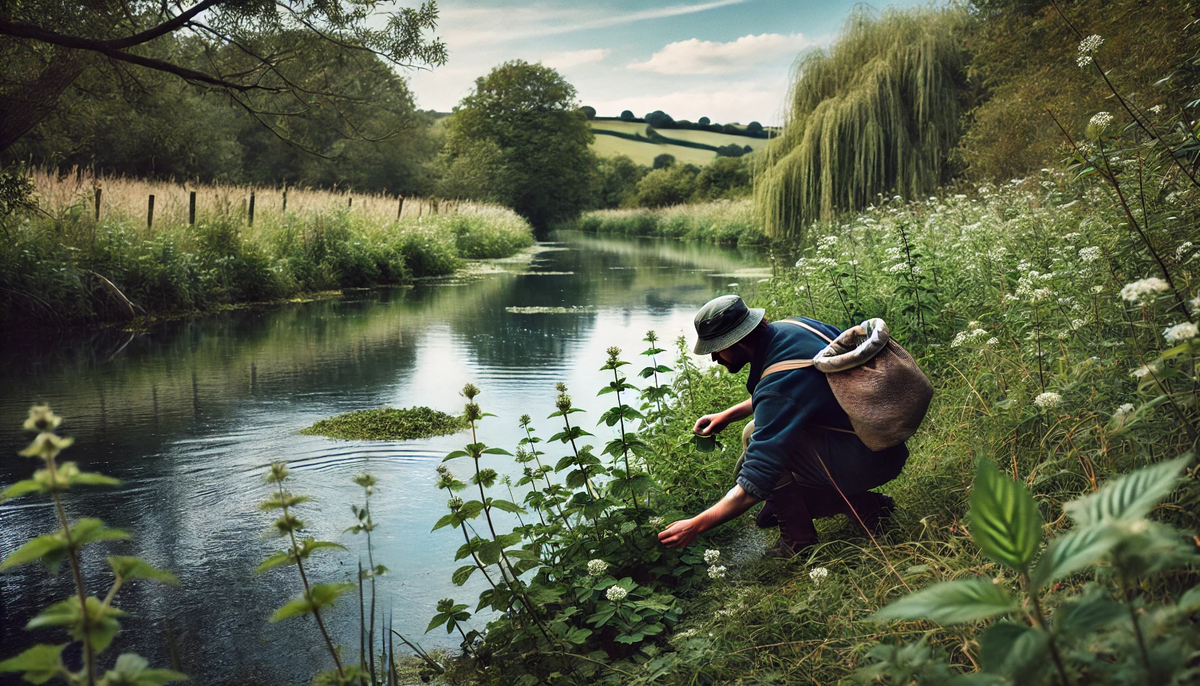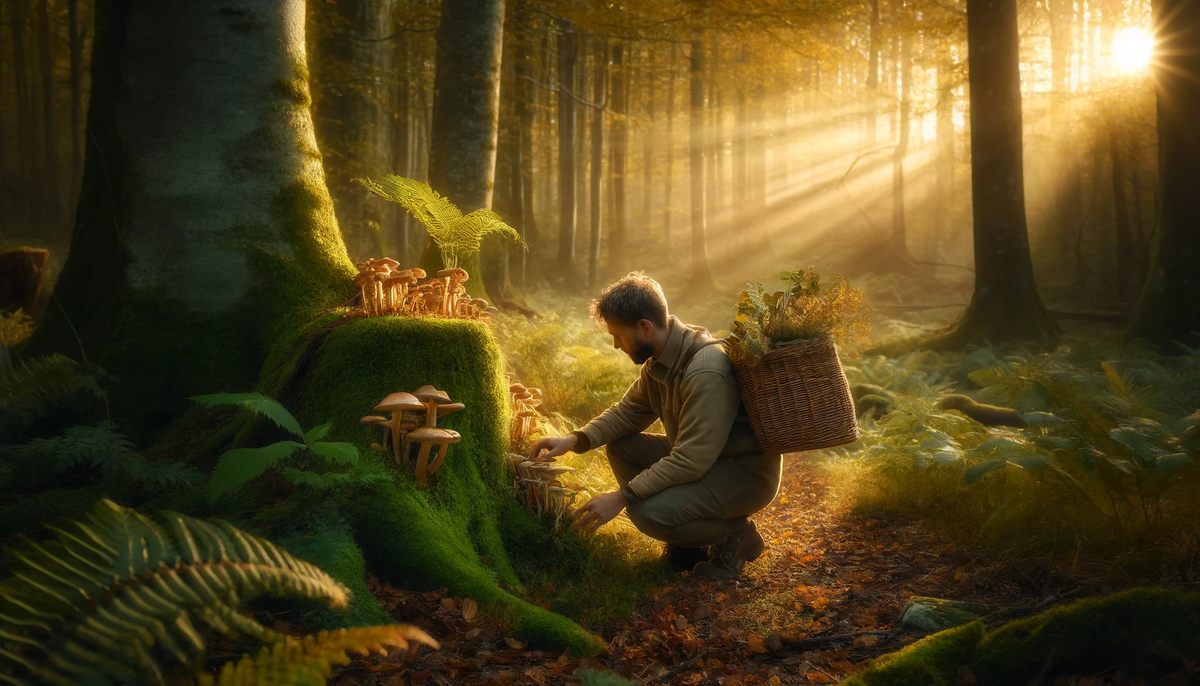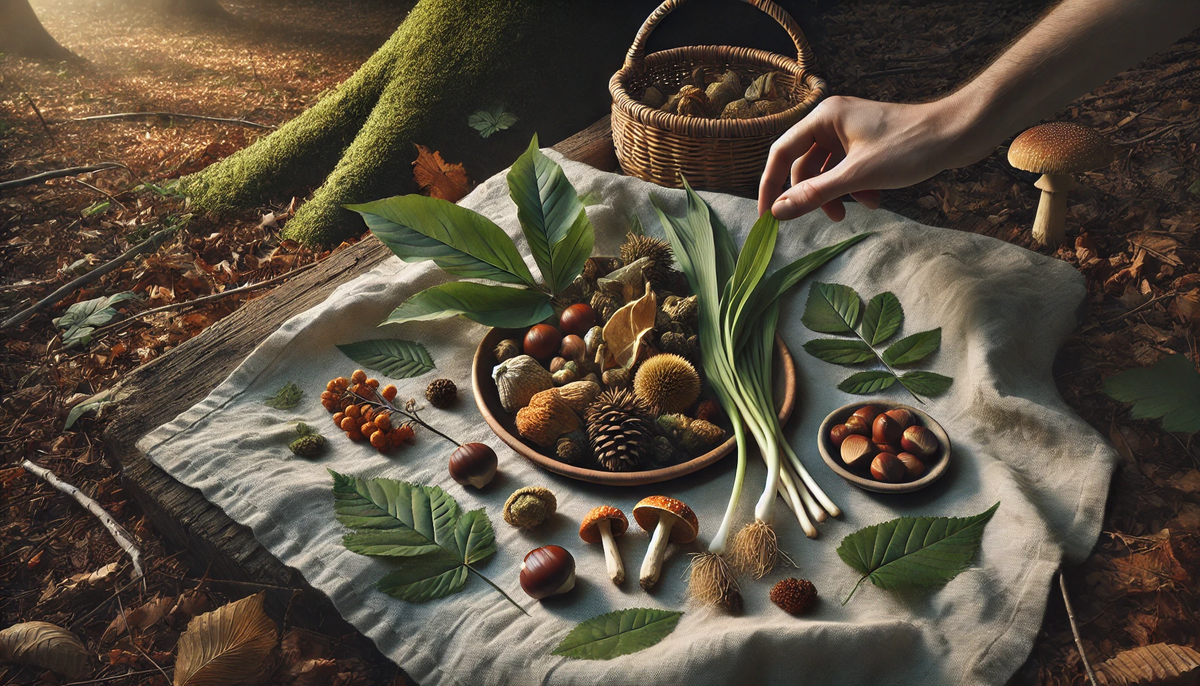
Foraging is an increasingly popular activity for those seeking a connection to nature, seasonal ingredients, or a slower pace of life. However, there are important legal and environmental rules to be aware of before you begin. This guide outlines what is and isn’t allowed when foraging in the UK, especially in relation to public access land and protected areas.
The Right to Roam Doesn’t Include the Right to Forage
The Countryside and Rights of Way Act 2000 (CROW Act) allows the public to access certain types of land, such as mountains, moorland, heaths, downs, and registered common land. This is known as “right to roam.”
However, this right does not include permission to remove any natural materials, including mushrooms, plants, or soil. Foraging is not a part of the statutory access rights provided under the CROW Act.

Foraging in Protected Areas is Restricted
Many areas of natural beauty are designated as Sites of Special Scientific Interest (SSSIs) or similar protected sites. These areas are legally protected due to the presence of rare species or sensitive ecosystems.
In these areas:
- Foraging may be entirely prohibited.
- Removing flora or fungi may result in legal action or fines.
- Even unintentional disturbance of habitats can lead to consequences.
- Always check whether the land is designated or protected before foraging.
Landowner Permission is Often Required
Most land in the UK is privately owned. Even if you are not causing damage, you may be trespassing if you are on private land without permission.
To forage legally:
- Ensure the land is not privately owned, or
- Seek permission from the landowner in advance.
- Public footpaths do not give you permission to forage on the land around them.

Picking for Personal Use vs. Commercial Use
The Theft Act 1968 includes a clause that allows for picking wild plants, mushrooms, flowers, or fruit for personal use on land where you are lawfully present.
However:
- You cannot pick anything for commercial purposes without the landowner’s permission.
- Large quantities may be treated as an intention to sell, which could be classed as theft.
Endangered or Protected Species Must Not Be Picked
Some plants and fungi are protected under the Wildlife and Countryside Act 1981. Picking or disturbing these species is illegal and can lead to prosecution.
You can find a list of protected species on the government or conservation websites. If you’re unsure, do not pick.
Conservation Comes First
Responsible foraging means understanding your impact:
- Only take small amounts from abundant populations.
- Avoid damaging roots or disturbing the surrounding habitat.
- Do not forage from the same location repeatedly.
- Leave enough behind for wildlife and regeneration.
Enforcement and Police Involvement
Police and other enforcement agencies can get involved if:
- Protected sites are being disturbed.
- Foraging is believed to be for commercial purposes without consent.
- There are concerns about environmental damage or theft.
In these instances, enforcement is part of the police’s statutory duty to uphold conservation and public land laws.
Summary
Before foraging, always ask yourself:
- Do I have permission to be here?
- Is this land protected?
- Am I picking for personal use only?
- Could I be harming biodiversity?
By respecting the law and the land, you help preserve the countryside for everyone. If in doubt, leave it alone.
Published 16th April 2025





